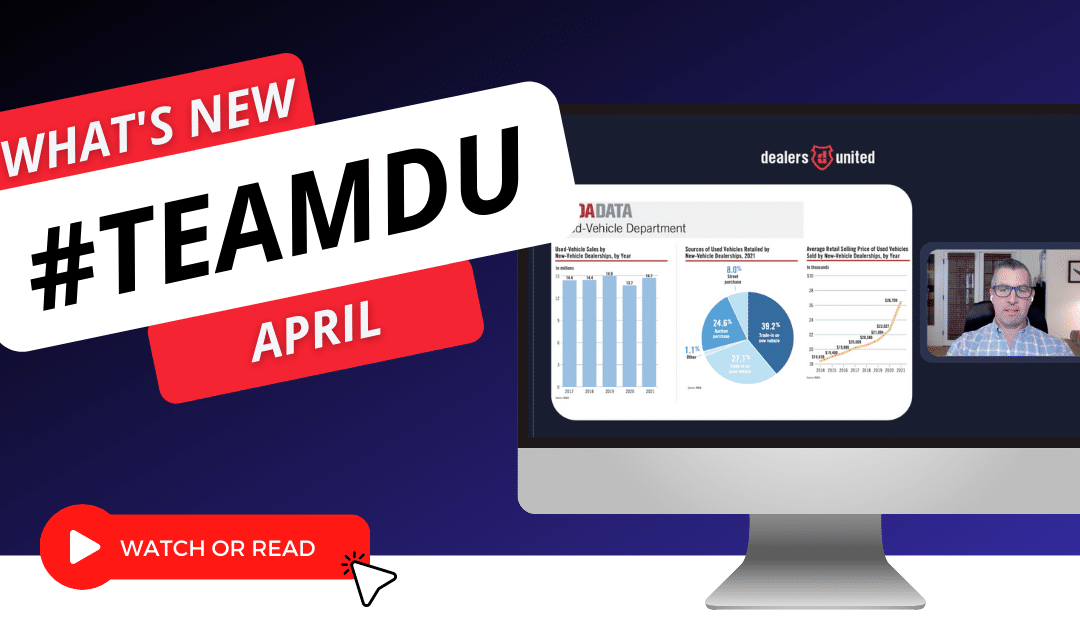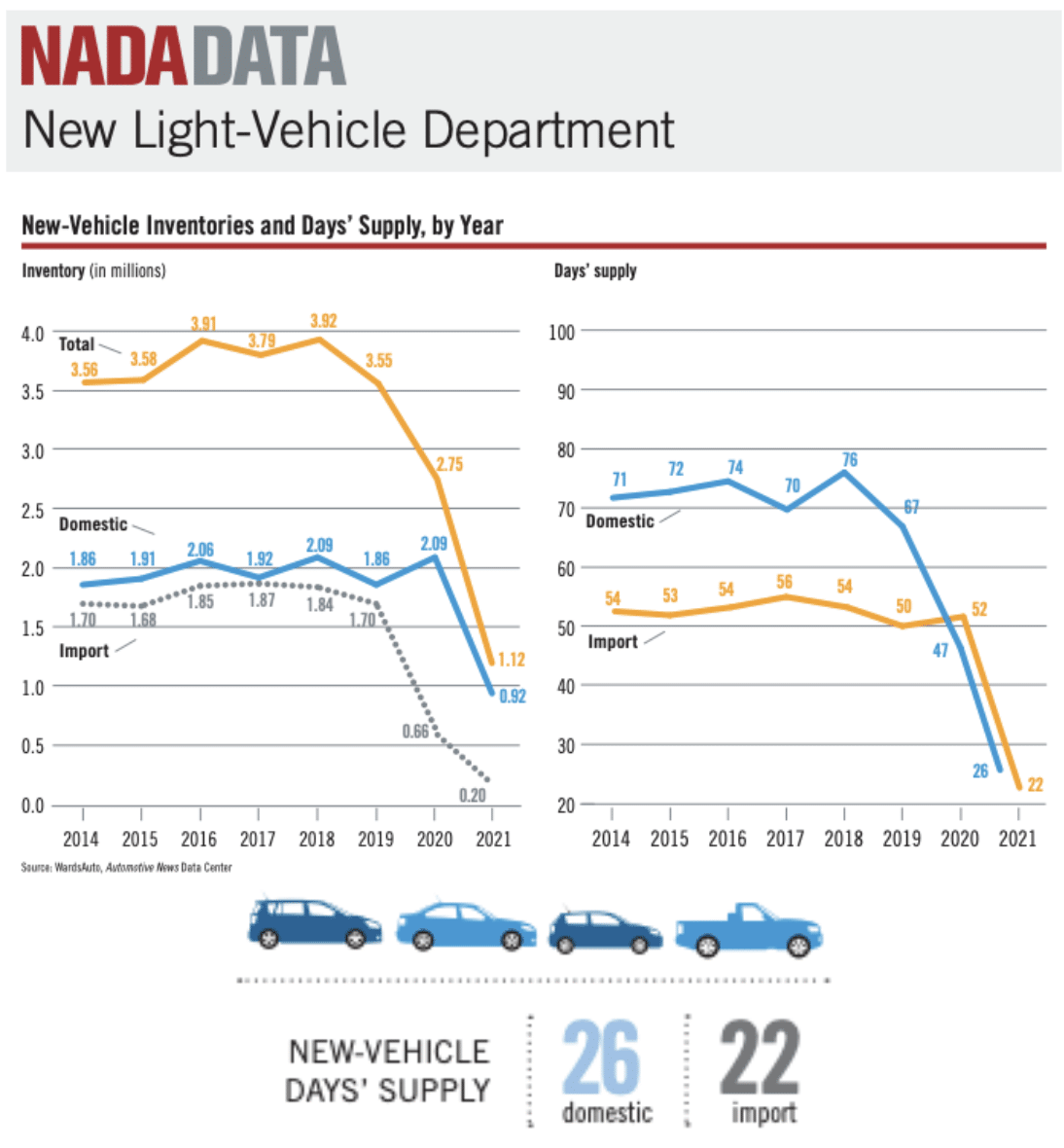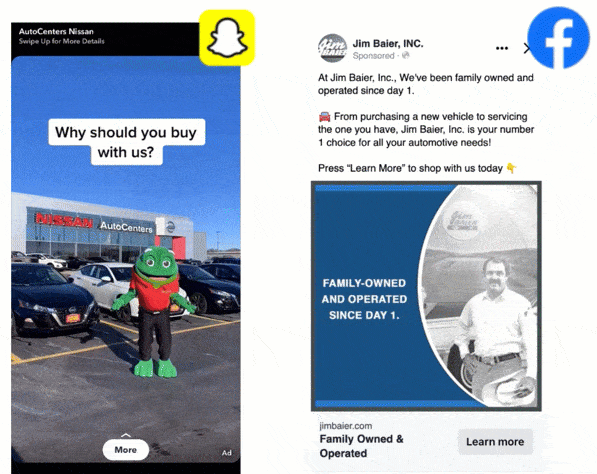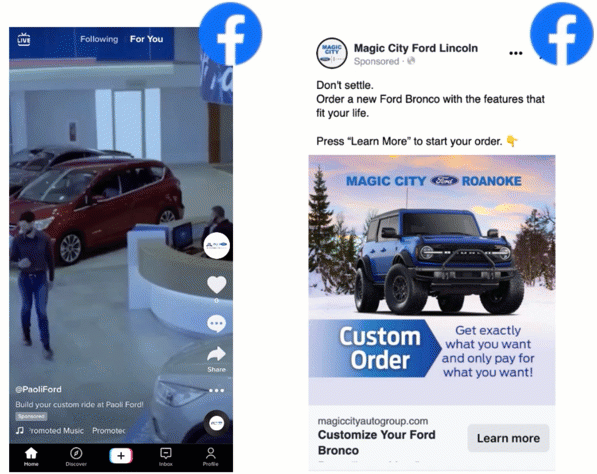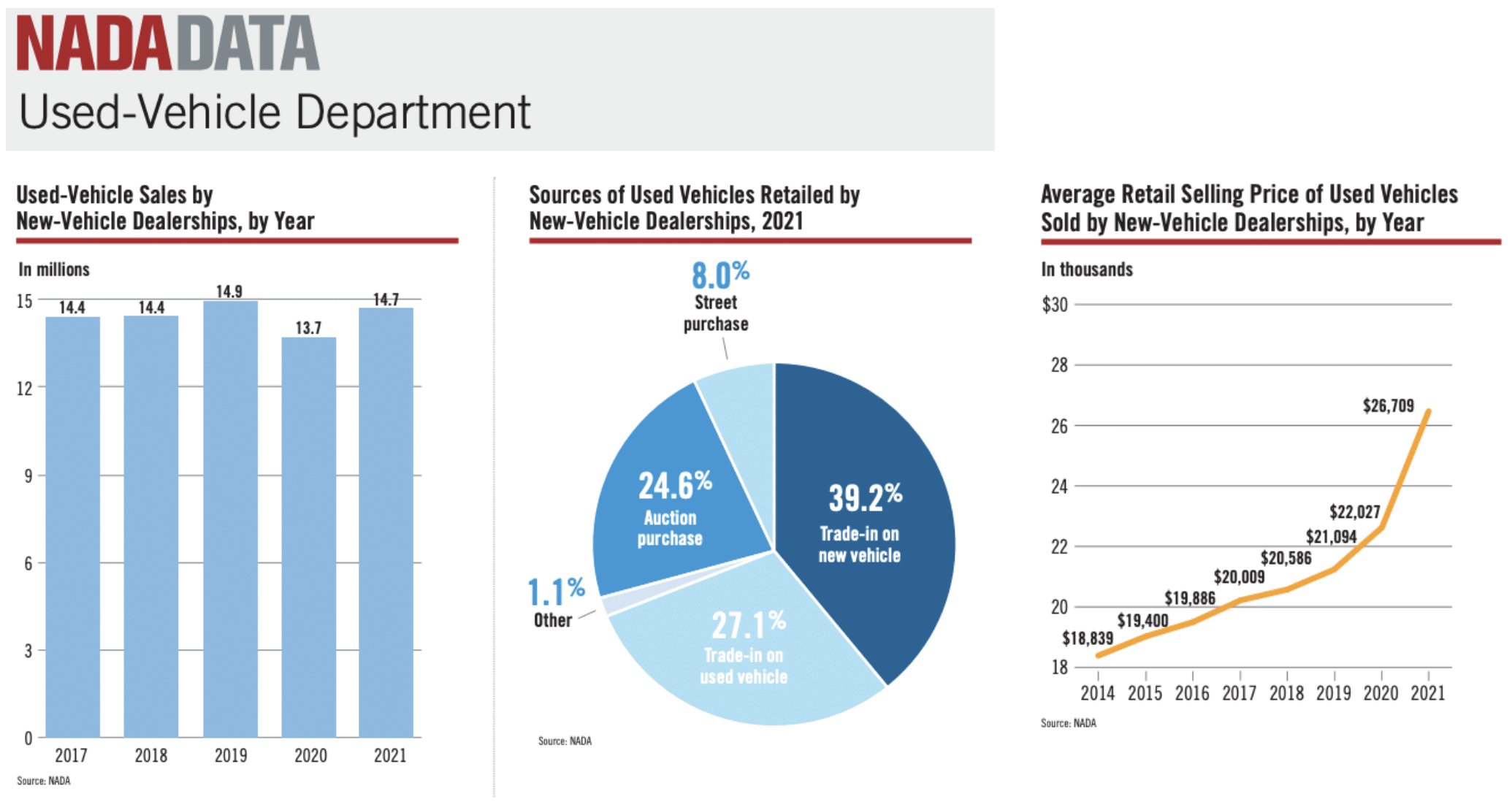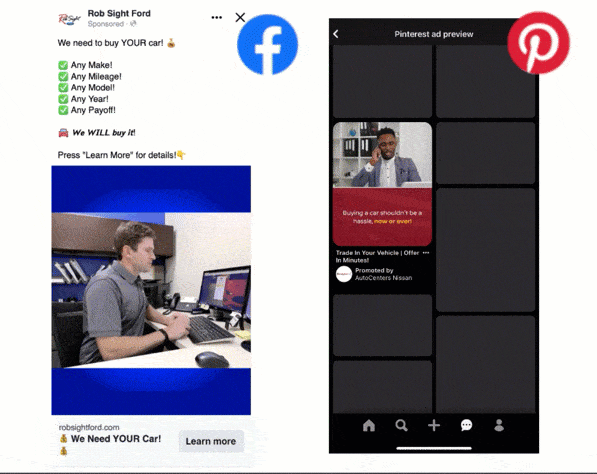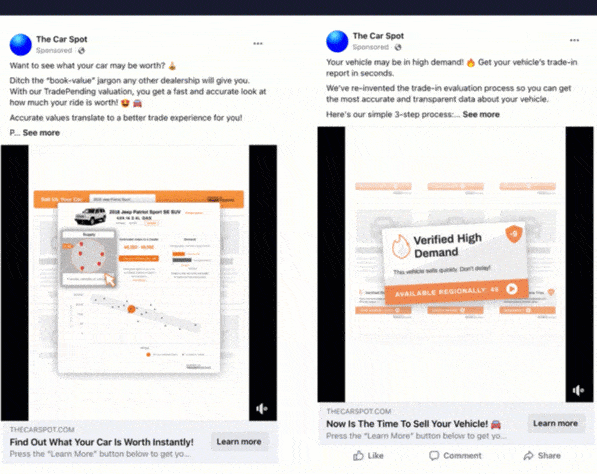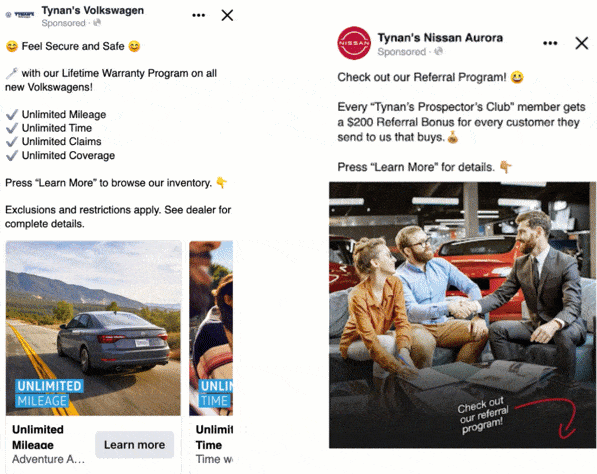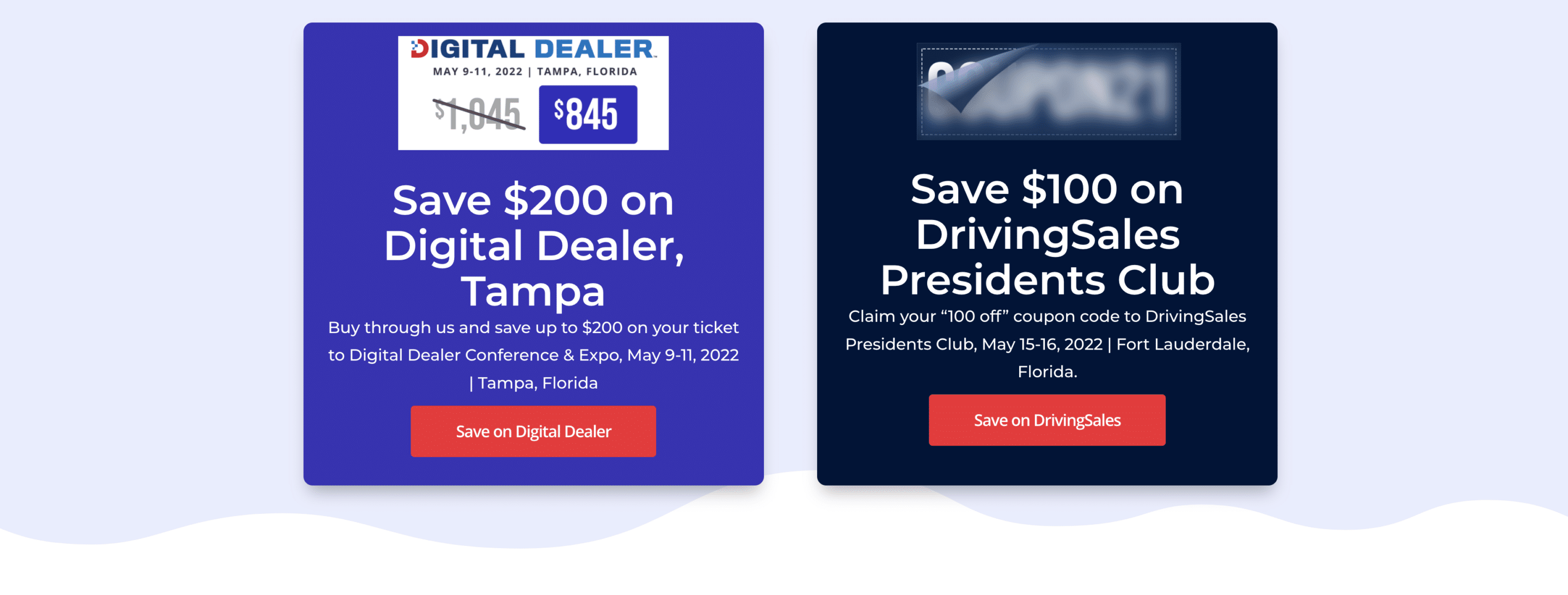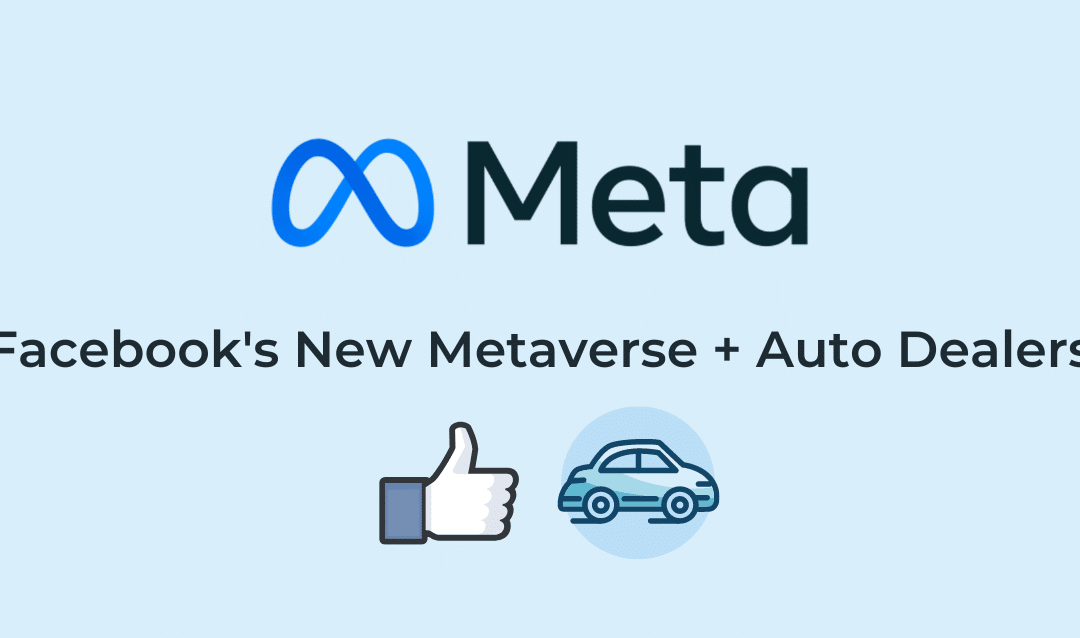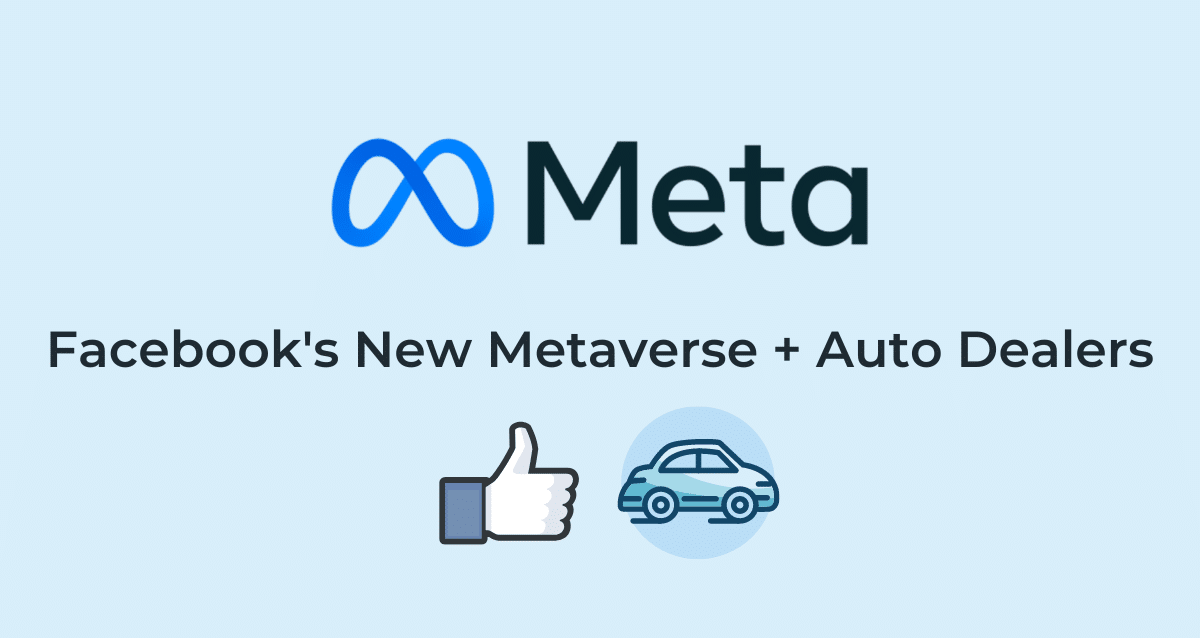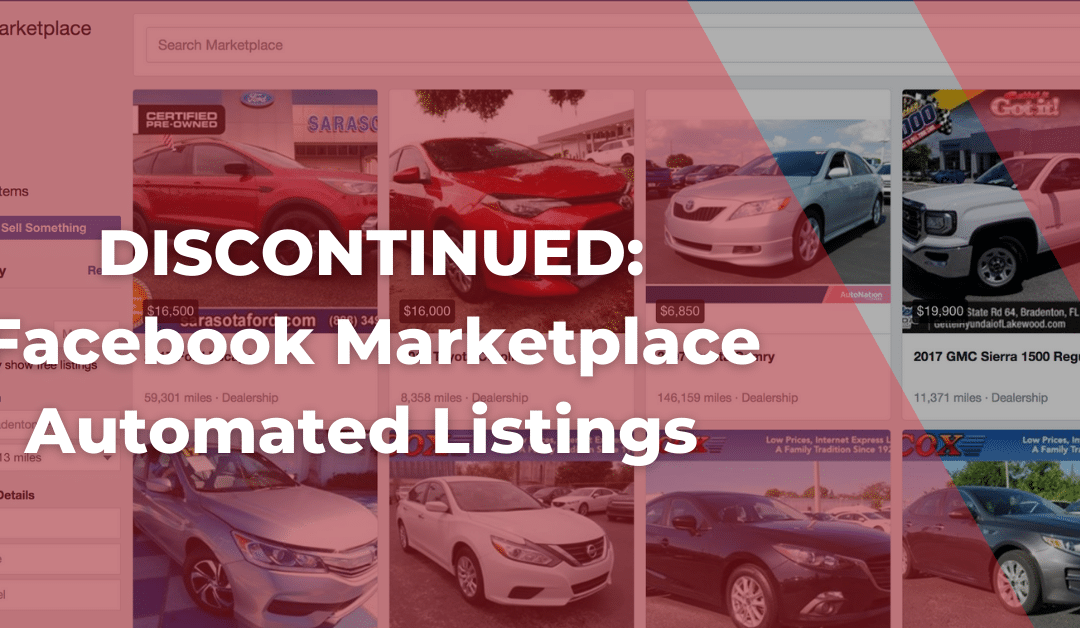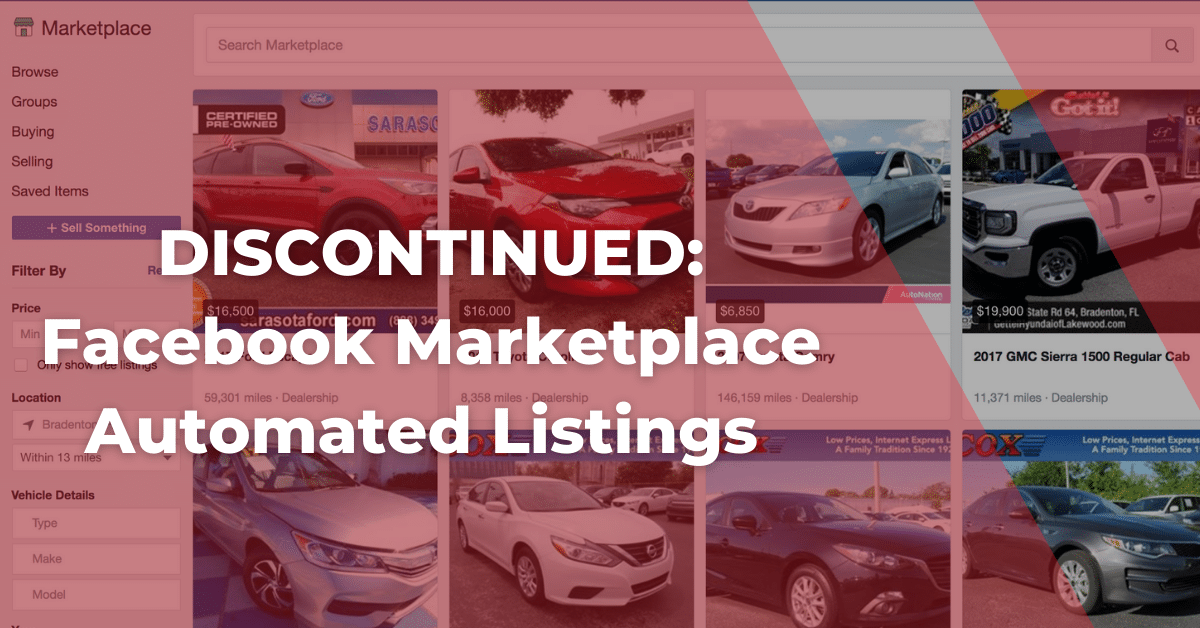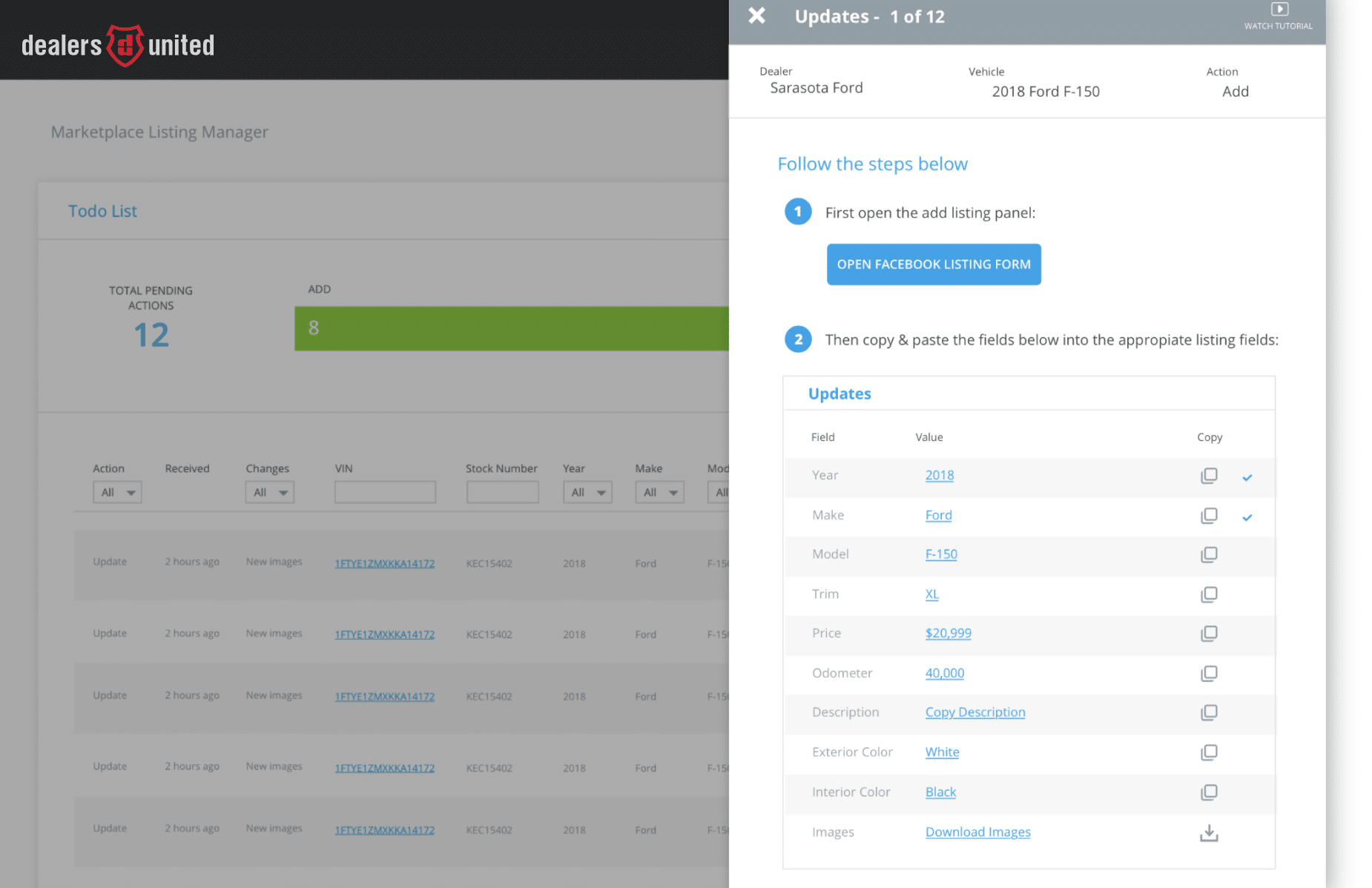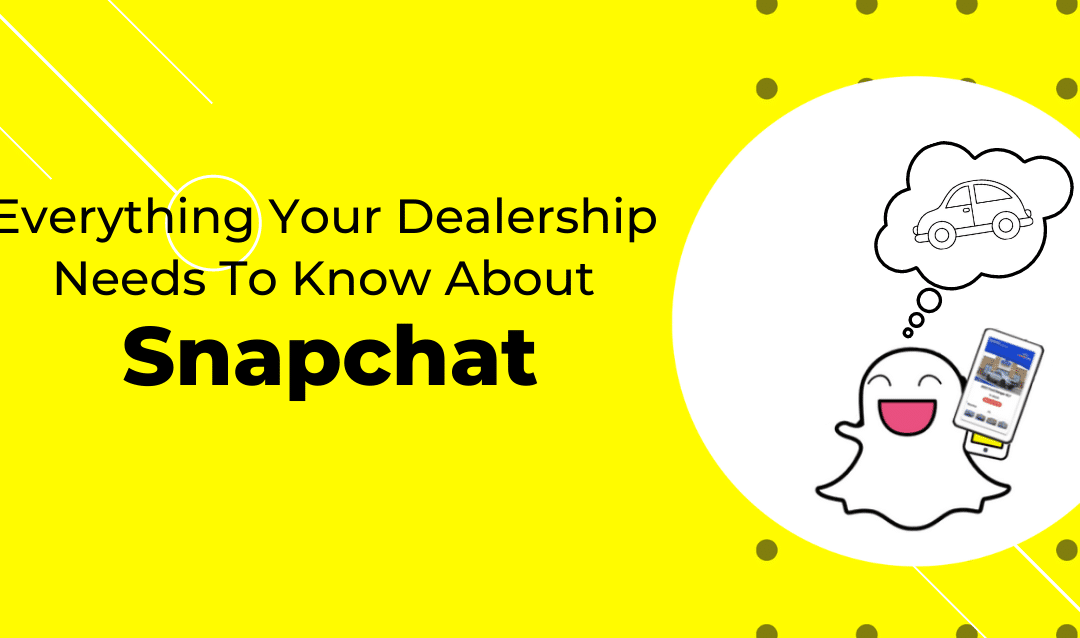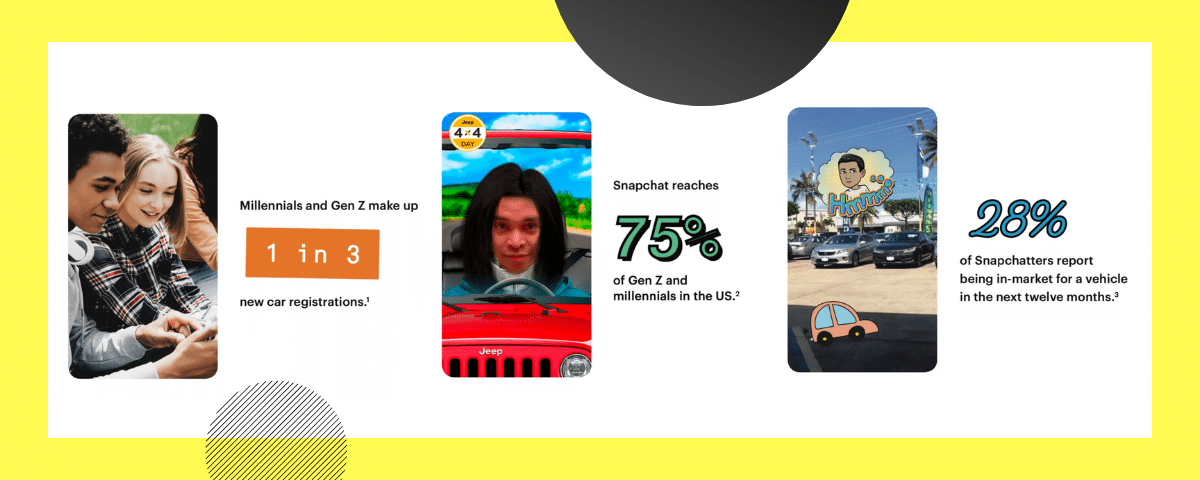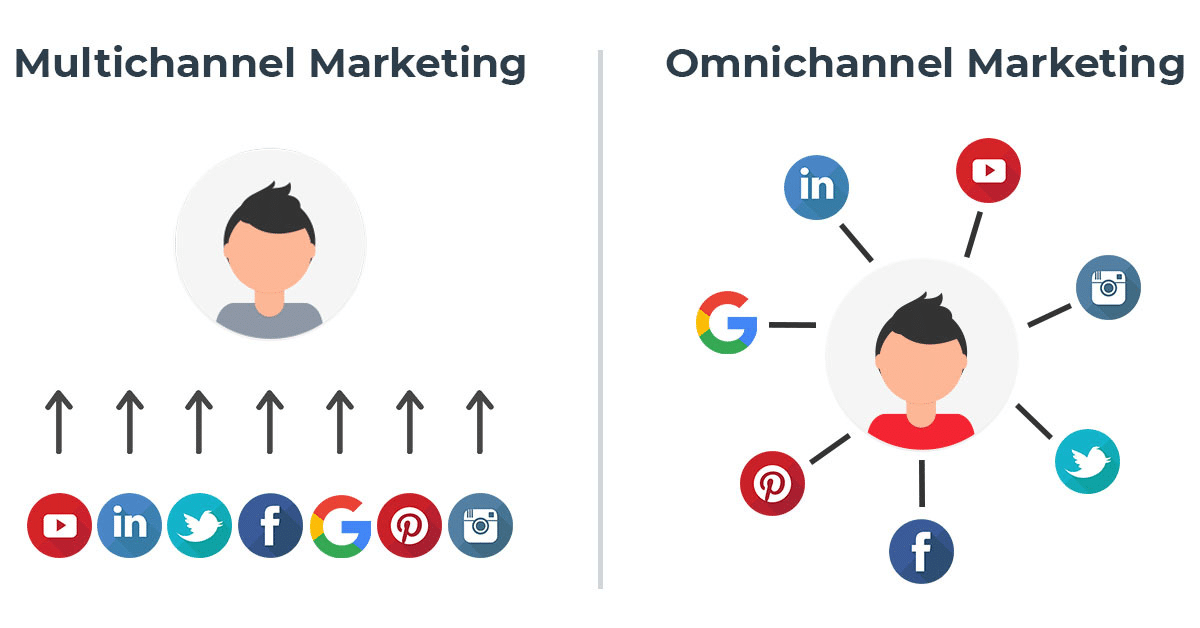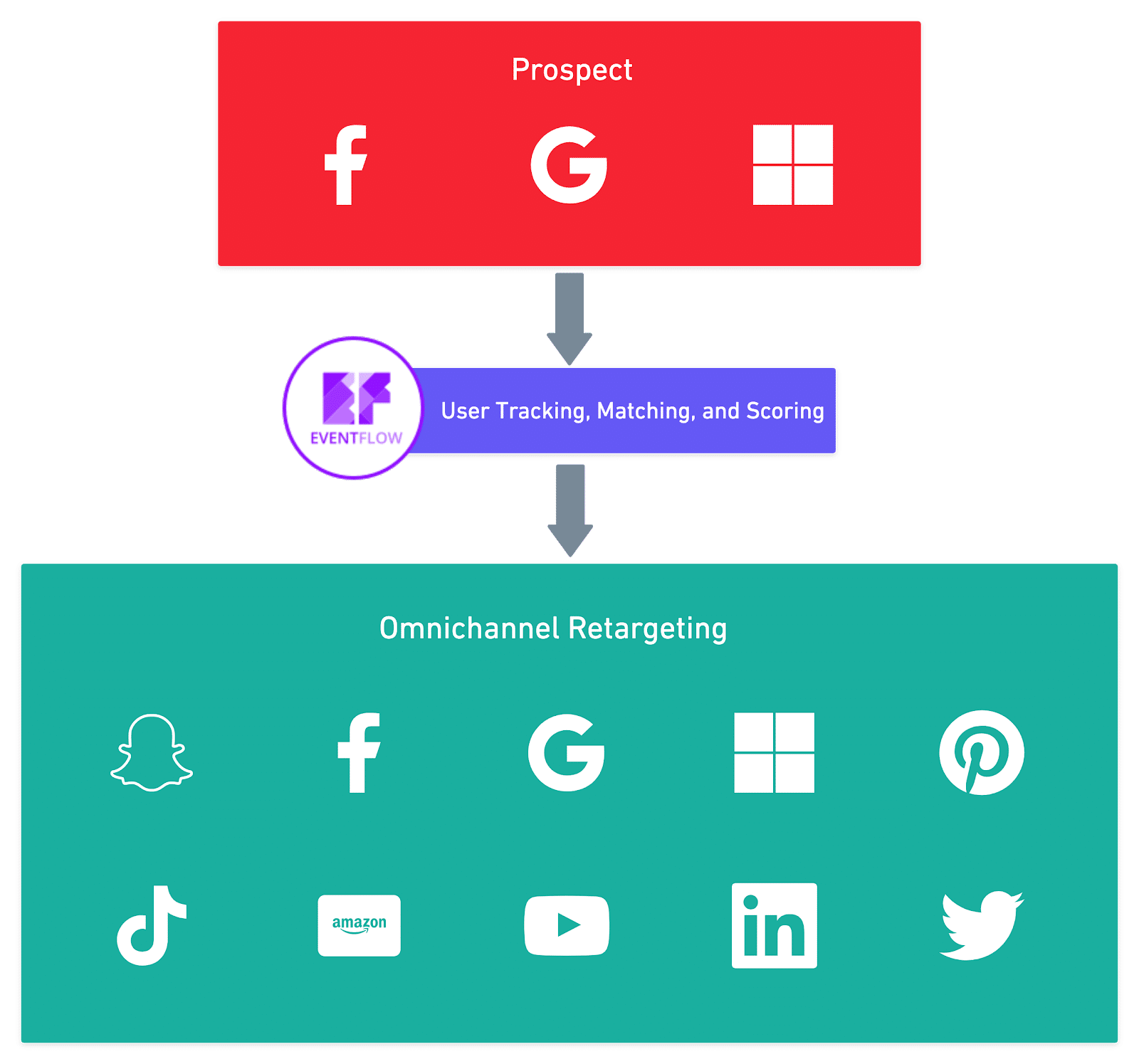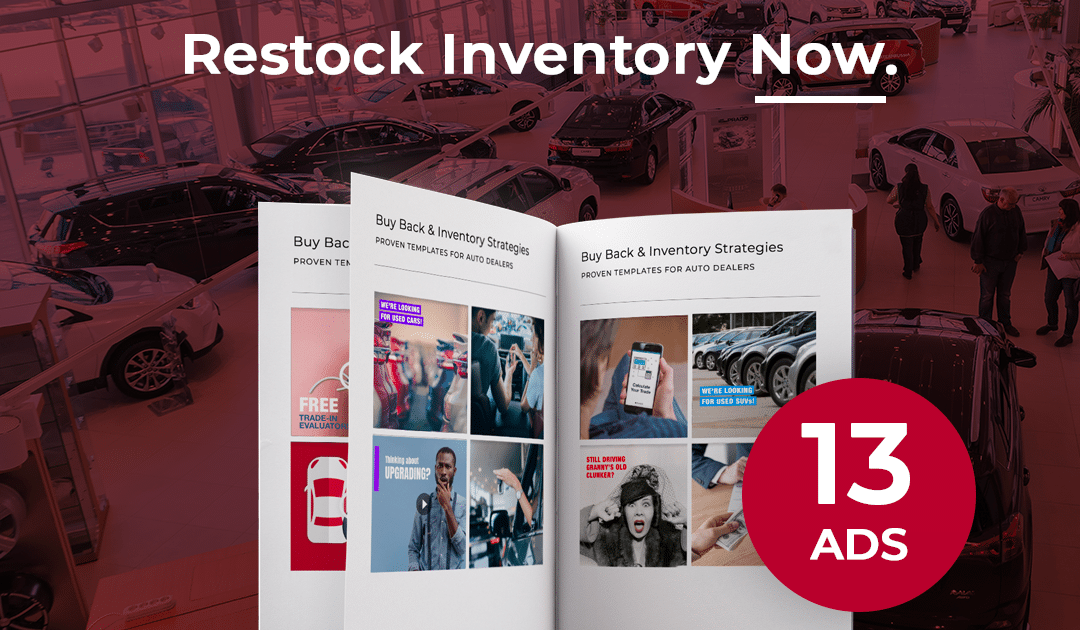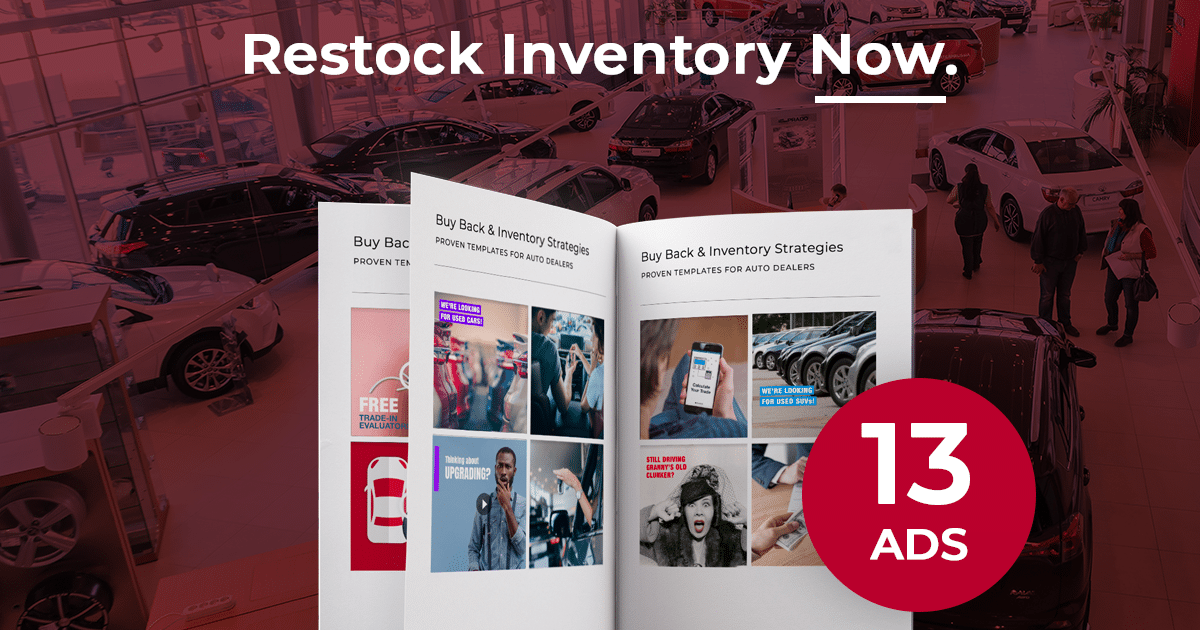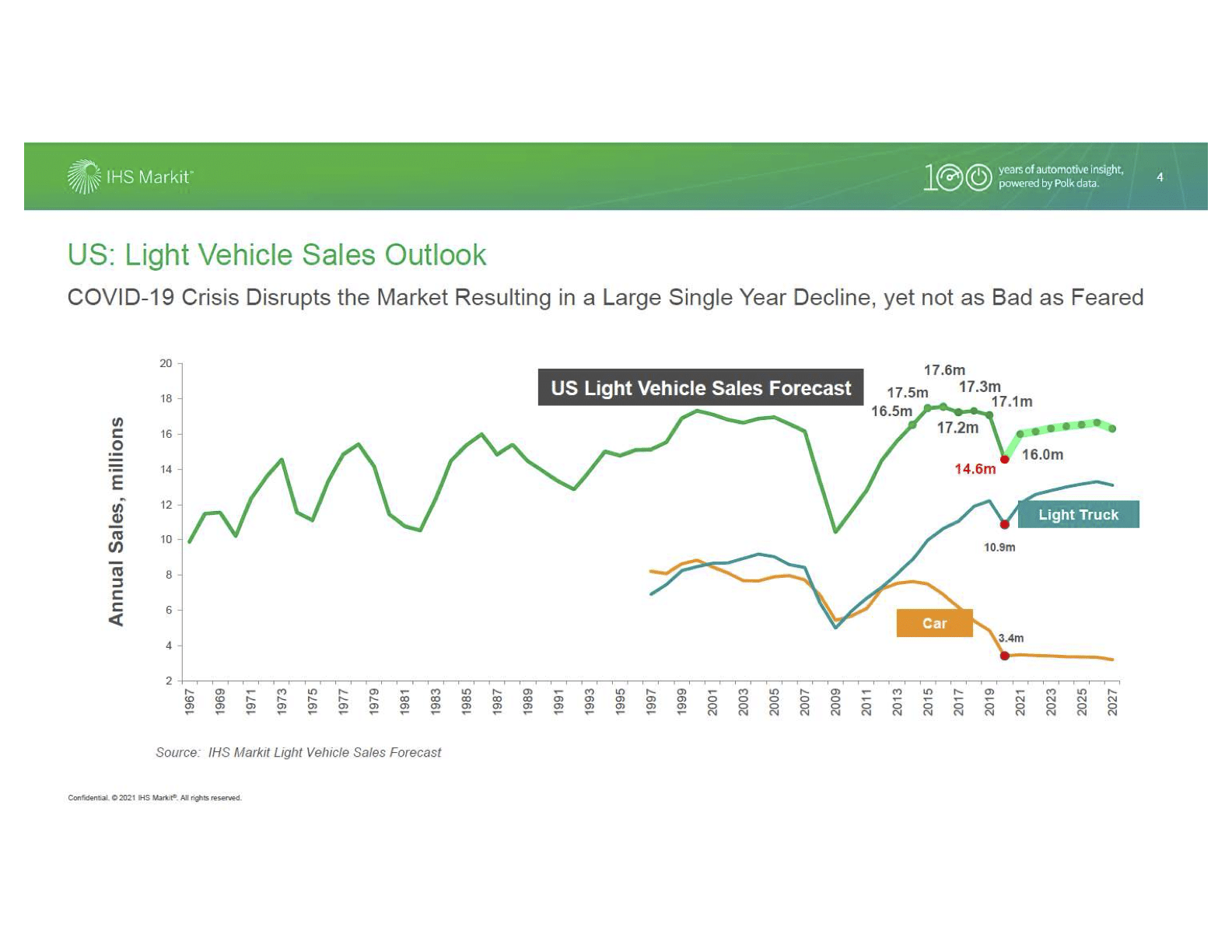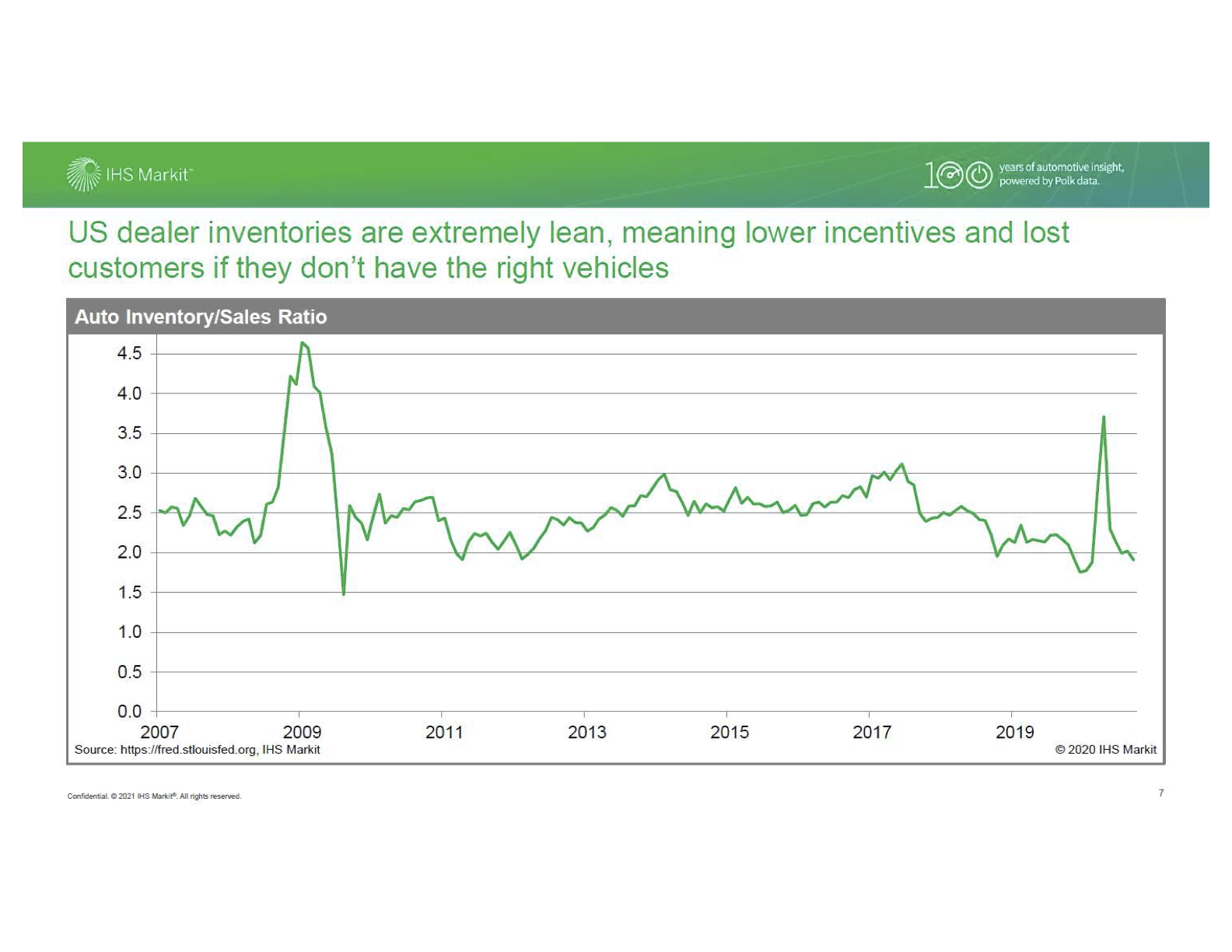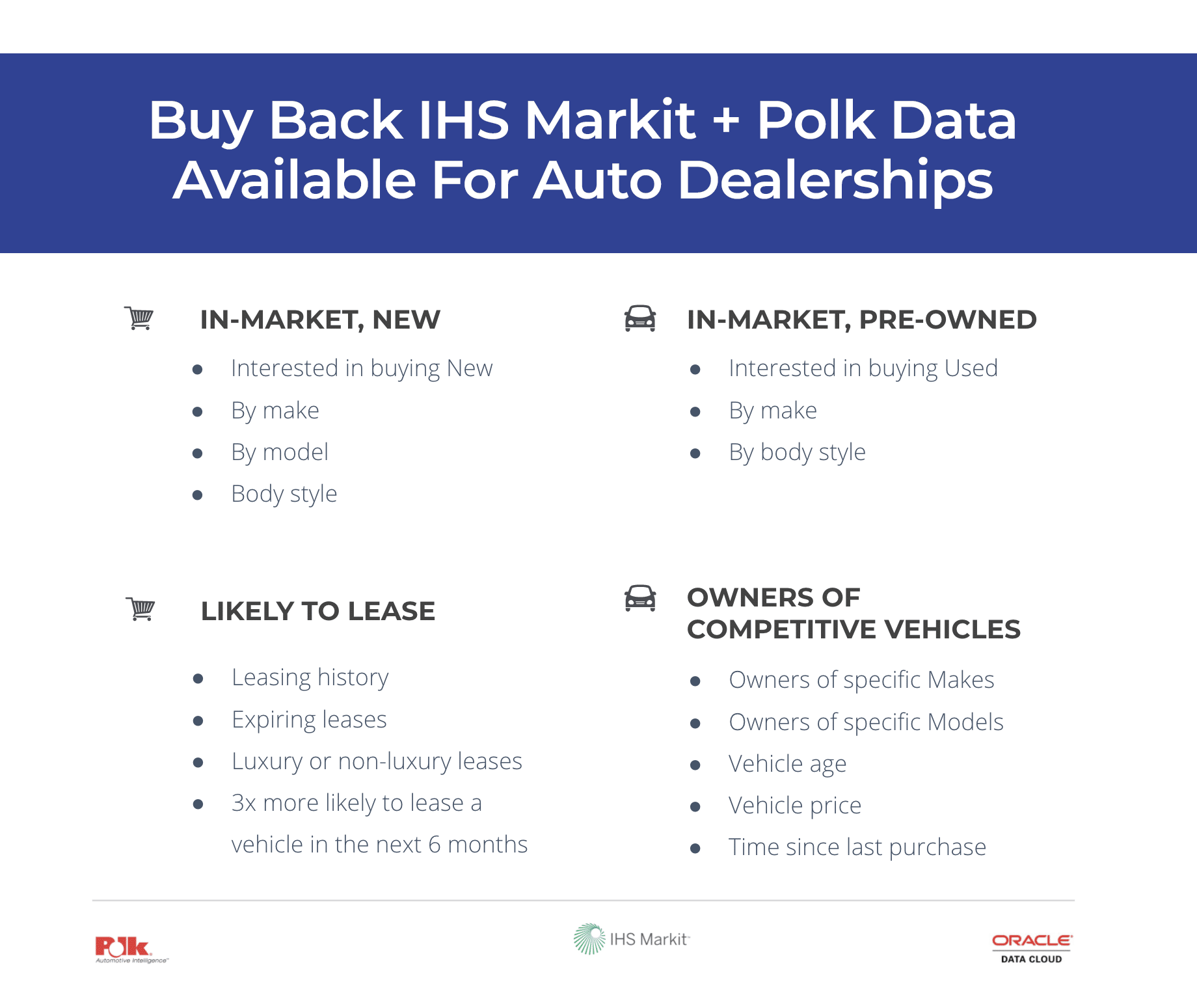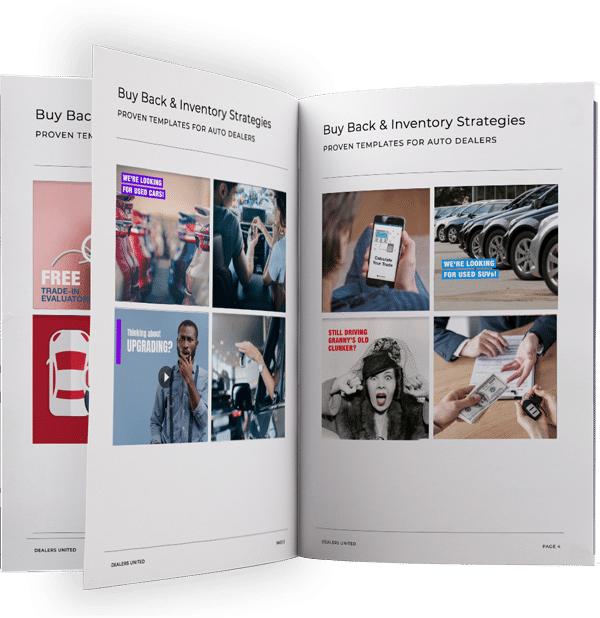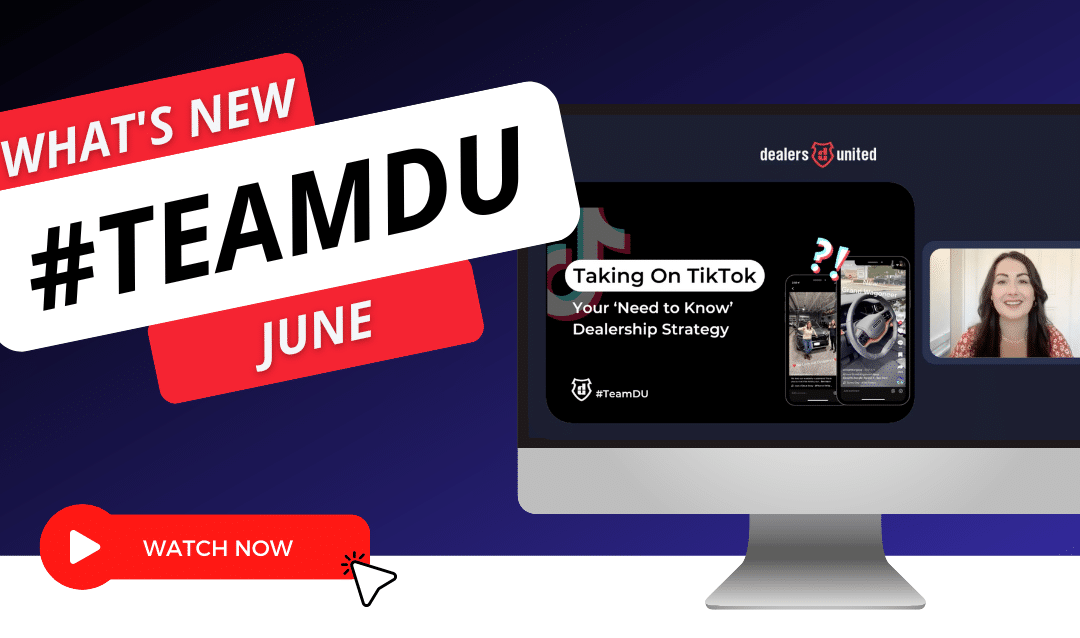
What’s New At DU: Dealership Culture In The Age Of Social Media
What’s New At DU: Dealership Culture In The Age Of Social Media
What impact does social media have on your culture? 🤔
Check out the video above to hear from Justin Friend, VP & General Manager, and Molly Dennehy, Brand Manager, or skim the highlights listed below.
💡 Pro tip: You can jump to different sections in the video by using the video navigation tools or by clicking any “(Watch at #)” linked below.
 Agenda:
Agenda:
- Social Media & Dealership Culture
- Customer Spotlight: Zeigler Auto Group 👏
- TikTok Best Practices
Social Media & Dealership Culture (Watch at 0:35)
With social media platforms capturing attention at an increasing rate, it definitely has an impact on our culture. Dealerships who embrace social media and incorporate it into their culture both internally and externally are seeing remarkable results.
Getting your staff involved not only is a great way to create content for your brand and share what the culture is like at your dealership, but also a method of team building!
The Top Reasons People Visit Your Social Media (Watch at 1:20)
We recently learned that the top reasons a user visits your social media pages are: 1) to read reviews and 2) to check out your culture. People want to learn about your customer experience and meet the people they would be interacting with.
Start A Team Content Contest (Watch at 2:07)
Creating a social media content contest can jump start your efforts to improve your social media footprint on your dealership culture. Here is how to do it:
- Determine the prizes. We suggest prizes for most engagement + most votes for creativity. Get the community involved with voting! (Google Forms is great for this.)
- Set the topics or categories. Think about what’s trending & sharing your culture. Do they have to say a buzzword or phrase? Use a prop or sound? Show off the team or inventory?
- Set the duration. For each category, set the time to measure results. We suggest 1 week per video.
- Have regular check-ins. Hold brainstorming and training sessions before, during and after! Share the winning video across channels.
If you hold a contest, we want to help! Share your videos and accounts with us, and we will help promote your content! Email: [email protected]
Customer Spotlight: Zeigler Auto Group (Watch at 3:59)
Our Customer Spotlight of the month is Zeigler Auto Group! We chose Zeigler to be our spotlight because they truly are embracing social media into their culture, and have put together some unique programs to promote content creation amongst their team.
This group spans 24 brands in 4 states with over 35 rooftops.
Lindsay Latsko is the Director of Internet and Marketing Operations for several of their locations, and she is a member of our Customer Advisory Board. In this month’s meeting she shared that they have created an internal program called “Driving Social”.
Their team meets once a month to brainstorm and inspire each other on creating content by sharing ideas, tips, and training on the platforms. By adding some friendly competition, it is truly ‘driving’ some great content and camaraderie!
TikTok Best Practices (Watch at 6:20)
We recently hosted a webinar on the #1 most downloaded social platform in the world- TikTok. If you are interested in learning best practices for creating content for your dealership, you will want to catch the replay! We have also put together some resource guides that you can download to help you get started or optimize your current strategies.
Click here to watch the replay! https://www.dealersunited.com/resource/webinar-taking-on-tiktok
Click here to download the TikTok Organic Guide! https://www.dealersunited.com/wp-content/uploads/TikTok-Organic-Guide-Dealers-United.pdf
See some of our favorite TikTok examples: https://www.dealersunited.com/resource/tiktok-examples-car-dealers/


